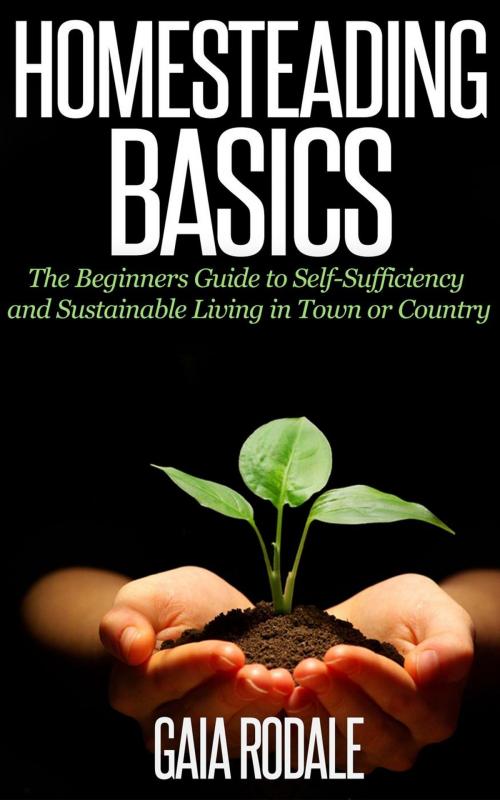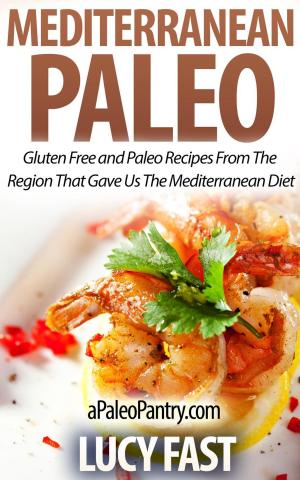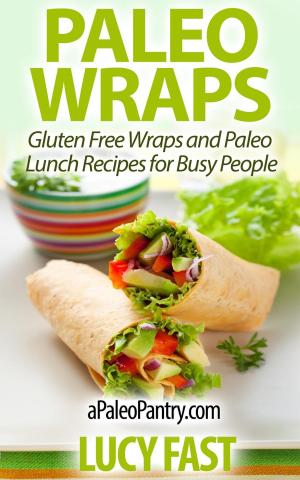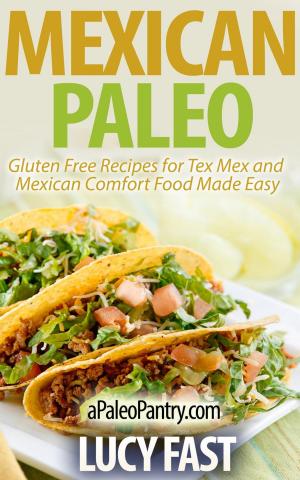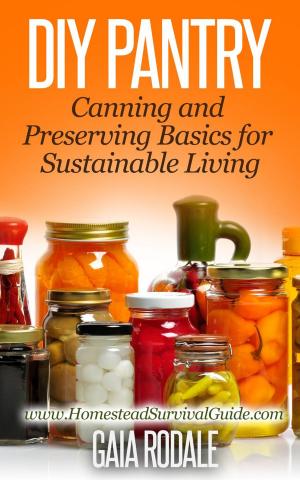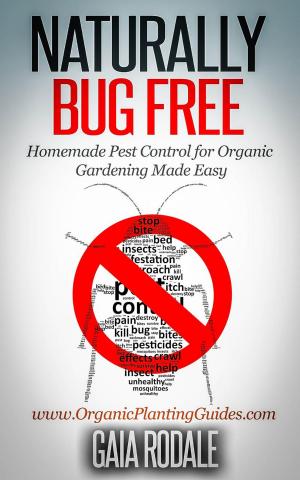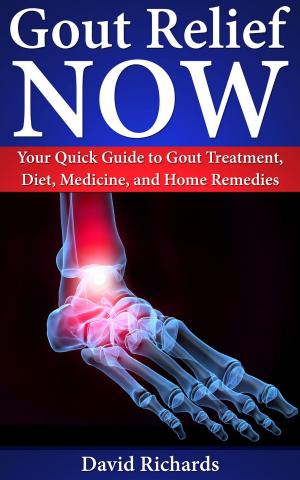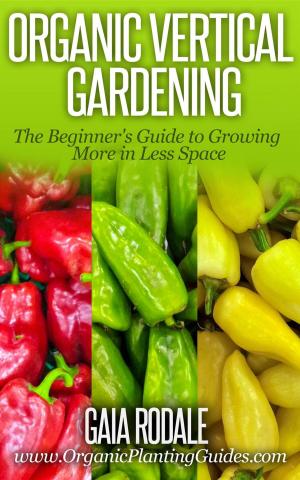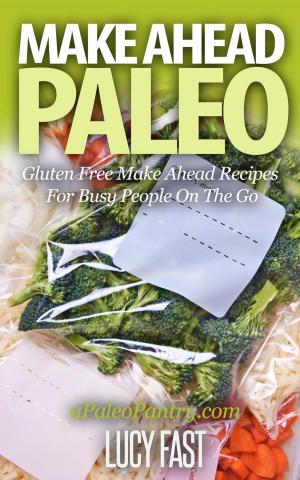Homesteading Basics: The Beginners Guide to Self-Sufficiency and Sustainable Living in Town or Country
Sustainable Living & Homestead Survival Series
Nonfiction, Home & Garden, Gardening, The Home, Reference & Language, Reference, Guides & Handbooks| Author: | Gaia Rodale | ISBN: | 9781516357222 |
| Publisher: | Healthy Wealthy nWise Press | Publication: | July 28, 2015 |
| Imprint: | Language: | English |
| Author: | Gaia Rodale |
| ISBN: | 9781516357222 |
| Publisher: | Healthy Wealthy nWise Press |
| Publication: | July 28, 2015 |
| Imprint: | |
| Language: | English |
It wasn’t so long ago that many households still made their own bread, used their yards for victory gardens, and could take care of themselves in most situations. Those days may be long gone but the homesteading movement is a chance to bring them back.
If you are interested in getting back to a time when we knew how to make the things our family needed to survive from scratch and with our own two hands, this introductory guide, “Homesteading Basics: The Beginners Guide to Self-Sufficiency and Sustainable Living in Town or Country” will give you the foundation you need to move toward that goal.
We begin by introducing the key principles espoused by most homesteaders – simple living, sustainability, self-sufficiency, and permaculture.
Then go on to cover the important topic of sustainably feeding your family.
Next, you will learn some of the ways that homesteaders preserve their harvest and some examples of the kinds of skills homesteaders build to become more self sufficient.
To round out the guide, we touch on raising livestock and the basics around alternative energy are provided.
While many people think that homesteading is only for those who live in rural areas with plots of land, urban and suburban dwellers can be homesteaders too.
Throughout the book, the differences between homesteading in a rural area and homesteading in more urban areas are discussed.
You’ll learn about:
• Simple living
• Sustainability
• Self Sufficiency
• Permaculture
• Growing different kinds of gardens
• Preserving food
• Making bread, butter and cheese
• Keeping livestock like chickens, goats, and rabbits
• Keeping bees
• Water conservation
• Alternative energy sources that can lead to energy independence
If you have ever wondered what it would be like to raise your own eggs, make your own cheese, or grow your own vegetables, this guide is your invitation to explore this way of life.
If you’re interested in sustainability and/or self-sufficiency, this concise guide gives you the perfect jumping off point to explore just how to do that.
Join us and begin moving from thought to action in creating the homesteading lifestyle of your dreams.
It wasn’t so long ago that many households still made their own bread, used their yards for victory gardens, and could take care of themselves in most situations. Those days may be long gone but the homesteading movement is a chance to bring them back.
If you are interested in getting back to a time when we knew how to make the things our family needed to survive from scratch and with our own two hands, this introductory guide, “Homesteading Basics: The Beginners Guide to Self-Sufficiency and Sustainable Living in Town or Country” will give you the foundation you need to move toward that goal.
We begin by introducing the key principles espoused by most homesteaders – simple living, sustainability, self-sufficiency, and permaculture.
Then go on to cover the important topic of sustainably feeding your family.
Next, you will learn some of the ways that homesteaders preserve their harvest and some examples of the kinds of skills homesteaders build to become more self sufficient.
To round out the guide, we touch on raising livestock and the basics around alternative energy are provided.
While many people think that homesteading is only for those who live in rural areas with plots of land, urban and suburban dwellers can be homesteaders too.
Throughout the book, the differences between homesteading in a rural area and homesteading in more urban areas are discussed.
You’ll learn about:
• Simple living
• Sustainability
• Self Sufficiency
• Permaculture
• Growing different kinds of gardens
• Preserving food
• Making bread, butter and cheese
• Keeping livestock like chickens, goats, and rabbits
• Keeping bees
• Water conservation
• Alternative energy sources that can lead to energy independence
If you have ever wondered what it would be like to raise your own eggs, make your own cheese, or grow your own vegetables, this guide is your invitation to explore this way of life.
If you’re interested in sustainability and/or self-sufficiency, this concise guide gives you the perfect jumping off point to explore just how to do that.
Join us and begin moving from thought to action in creating the homesteading lifestyle of your dreams.
